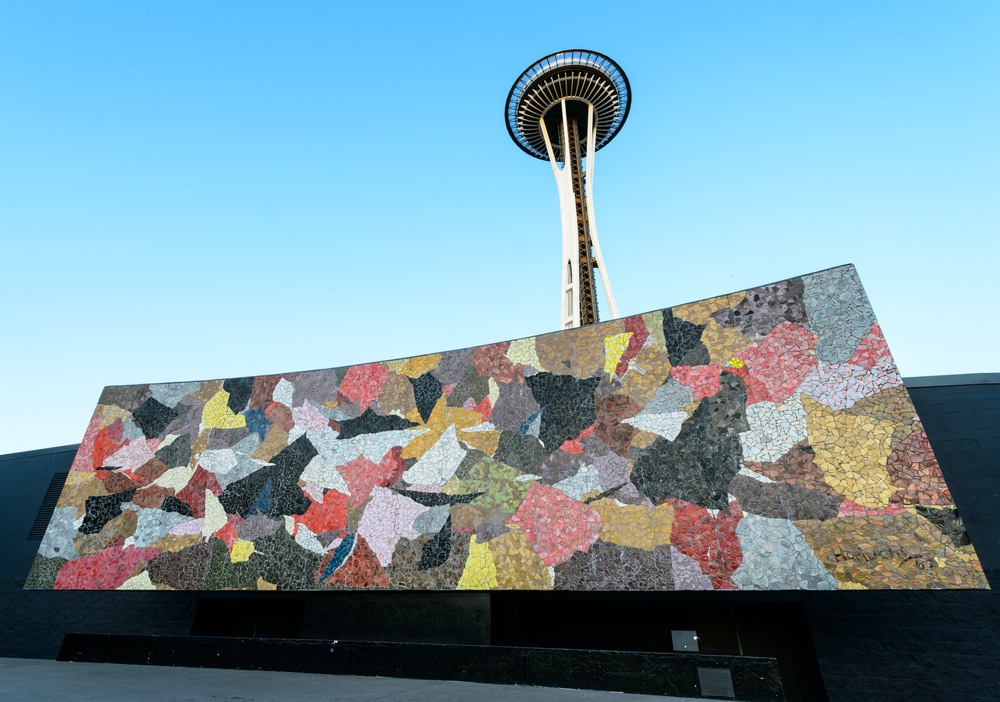
Shutterstock / HolyhikaruSeattle’s climate ambitions are thiiiis big.
Seattle has set itself an 86-page to-do list to help it reach carbon neutrality by 2050.
The city council on Monday voted unanimously to adopt the 2013 Seattle Climate Action Plan [PDF], which outlines a detailed process designed to achieve the heady goal of reducing net greenhouse gas emissions to zero in less than 40 years.
The council originally set its carbon-neutrality goal in 2011. Following work by consultants and staff, the city now has a plan laying out how that goal can be turned into reality. Next comes the hard part: actually doing all the climate-friendly stuff.
“While I’m pleased that Council adopted the Plan, we know the real work is just beginning,” said Jill Simmons, director of the city’s Office of Sustainability & Environment.
From an explainer piece published last month by The Seattle Times:
The plan will almost certainly be expensive. It calls for new funding to improve and expand bus service, to build the infrastructure to make it safer to walk or bike around, and to build out the region’s light-rail system, all to reduce the approximately 40 percent of greenhouse gases that comes from cars and trucks.
The plan also calls for making energy use more visible to consumers through smart meters and energy audits that could improve the largest and least efficient commercial and multifamily buildings. The city also could require energy-use disclosures when houses or apartments are rented or sold.
There is not yet a cost estimate, but ideas to pay for the plan include a 1.5 percent motor-vehicle excise tax, a renewed Bridging the Gap levy and other local funding that would be less regressive than the failed $60 car-tab fees.
Simmons’ office will finalize an implementation plan by October, identifying the specific roles that each of the city’s departments will play in reaching carbon neutrality.
But Washington state’s recent legalization of dope could hamper the city’s climate plan — not because its officials are too stoned to do the challenging jobs entrusted to them, but because indoor pot growers are massive energy hogs. From KUOW radio:
The City Council is also looking at zoning rules to allow indoor marijuana growing in Seattle. [Seattle City Council Member Mike] O’Brien said for him, that’s not compatible with addressing climate change.
“The idea that we’re going to take agriculture that traditionally grows outside using sunlight for energy and put that inside buildings and use electricity or other fuels to fuel growing — that creates a big problem for me,” he said.
A study last year in the Journal of Energy Policy found growing marijuana indoors currently sucks up the same amount of energy as two million average American homes. It also found that the industry generates greenhouse gases equivalent to that of three million cars.
O’Brien wants growers to strive for carbon neutrality, although he doesn’t know what that would look like at this point. One way to reduce energy consumption would be to grow marijuana outdoors.
Take heed, Seattle stoners: Help your city go green and carbon neutral by insisting on outdoor bud.




